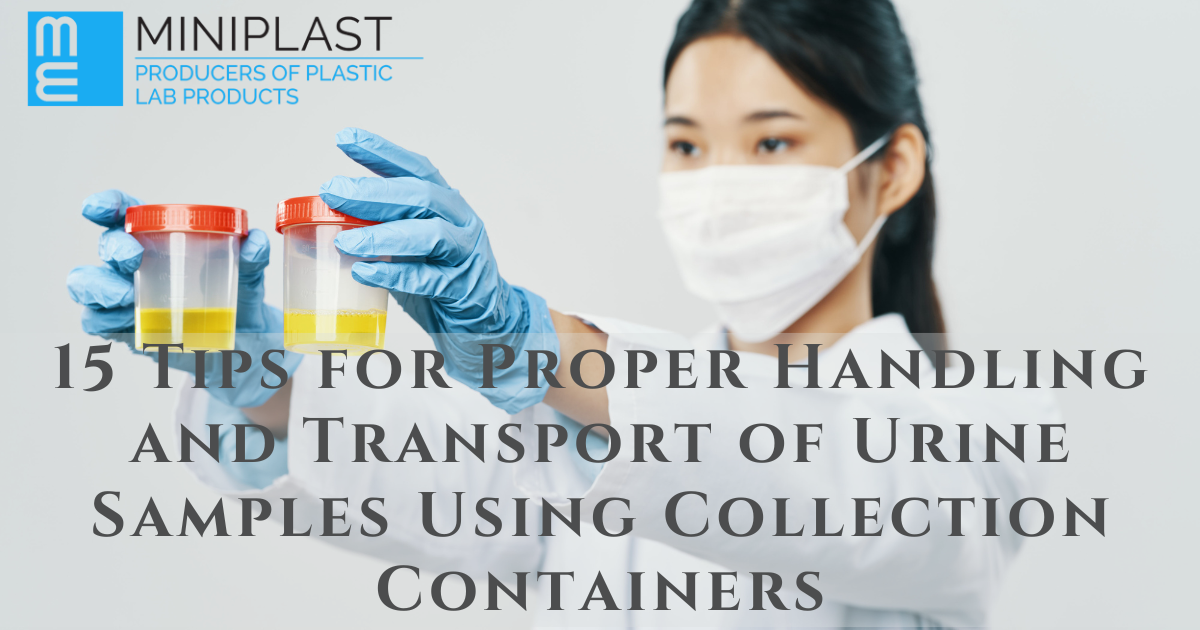
Proper handling and transport of urine samples are crucial for accurate diagnostic results in medical settings. When using collection containers such as urine cups and urine containers, following essential guidelines ensures the integrity of the sample and maintains its diagnostic value. In this article, we will provide you with valuable tips on how to handle and transport urine samples effectively to ensure reliable laboratory analysis.
- Choose the Right Collection Container: Selecting the appropriate urine collection container is the first step in obtaining accurate results. Urine cups and containers come in various sizes and types ranging from 30ml, 60ml, 120ml and then containers for 24 hours collection of 2L, 3L and 4L. Each cup or container is designed for specific purposes. Consider using specialized urine cups or containers, available at our website to ensure standardized sample collection and compatibility with laboratory procedures.
- Proper Labeling: Accurate identification is essential for maintaining the integrity of urine samples. Always label the collection container with relevant patient information, including name, date, and time of collection. This simple step reduces the risk of mix-ups and ensures traceability throughout the testing process. Our urine samples cups have a frosted area on the surface for easy writing of date, patient details etc. We can also label our cups according to customers’ requests.
- Ensure a Clean Collection Process: To avoid contamination, thorough hygiene during sample collection is crucial. Provide patients with clear instructions on how to clean the genital area before collecting the sample. Emphasize the importance of washing hands before and after handling the collection container to minimize any potential external contaminants. It should also be emphasized that the urine collection cap should not be in contact with any surface, to avoid contamination of the cap that will result in contact of the complete set.
- Adequate Sample Volume: Inadequate urine volume may compromise test results. Ensure that patients collect the required amount of urine, as per the laboratory’s instructions. Use urine containers that are appropriately sized to hold the necessary volume of the sample without any spills or overflows.
- Secure Cap and Prevent Leakage: After collection, ensure that the urine container’s cap is tightly sealed to prevent leakage during transportation. Leaks not only lead to sample loss but also contaminate the transport packaging, potentially affecting other samples.
- Proper Storage and Transport: Store and transport urine samples at the appropriate temperature, as specified by the laboratory. Use transport containers designed to maintain the samples’ temperature and prevent any changes that may affect the test results.
- Timely Delivery to the Laboratory: Time is of the essence when transporting urine samples to the laboratory. Prompt delivery ensures that the sample remains stable and suitable for testing. Avoid unnecessary delays to maintain the sample’s integrity and improve the accuracy of results.
- Compliance with Laboratory Instructions: Always adhere to the specific instructions provided by the laboratory when handling and transporting urine samples. Each laboratory may have unique requirements, and following their guidelines is crucial to achieving reliable diagnostic outcomes.
- Quality Control Checks: Implement regular quality control checks to verify the integrity of the collection containers and transport packaging. Routine inspections help identify any potential issues early on, ensuring the preservation of sample quality.
- Education and Training: Properly educate healthcare staff involved in urine sample handling and transportation. Regular training sessions can reinforce best practices and update healthcare professionals on the latest guidelines to improve overall sample quality.
- Sample Tracking and Documentation: Maintain a detailed record of each urine sample, including collection time and date, patient name and details, transportation time, and any notable observations. This documentation aids in traceability, making it easier to identify potential issues and improve overall sample management.
- Collaboration and Communication: Encourage open communication between the laboratory, healthcare staff, and patients. Collaboration ensures that all stakeholders are aware of the proper procedures and the importance of handling and transporting urine samples correctly.
- Environmental Considerations: Take environmental factors into account during sample transportation. Extreme temperatures, especially during transit, can affect sample integrity. Consider using insulated packaging to maintain stable temperatures.
- Preventing Sample Contamination: Train healthcare professionals to take precautions that prevent sample contamination. including patient guidance as detailed above.
- Continuous Improvement: Regularly assess and update urine sample handling and transportation procedures based on feedback and new insights. Continuous improvement ensures that the process remains efficient and effective.By diligently following these guidelines, healthcare professionals can master the proper handling and transport of urine samples using collection containers. Doing so not only ensures the reliability and accuracy of diagnostic results but also contributes to improved patient outcomes and overall healthcare quality.
Proper handling and transport of urine samples using collection containers are essential for obtaining reliable diagnostic results. By following these guidelines, healthcare professionals can ensure the accuracy of laboratory tests, leading to better patient care and treatment decisions. Visit Miniplast to explore our range of high-quality urine cups and containers, designed to meet your specific needs in sample collection and transportation.

 10ml measuring Cup
10ml measuring Cup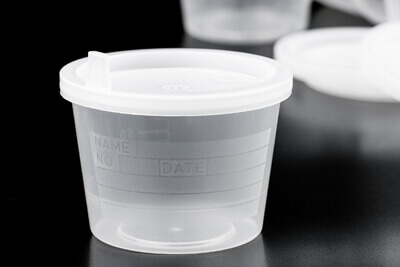 100 ml scaled Specimen Cup
100 ml scaled Specimen Cup 200 ml Sterile Specimen Cup
200 ml Sterile Specimen Cup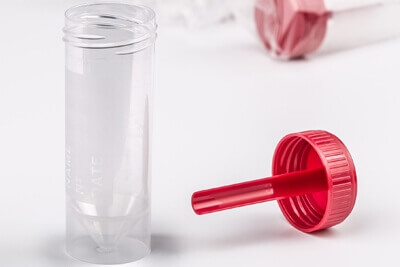 30 ml Specimen cup
30 ml Specimen cup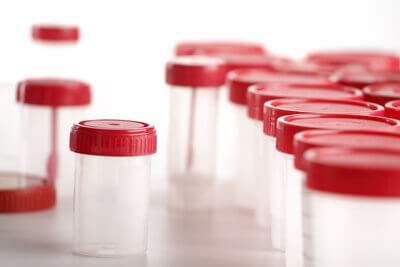 60 ml Specimen cup
60 ml Specimen cup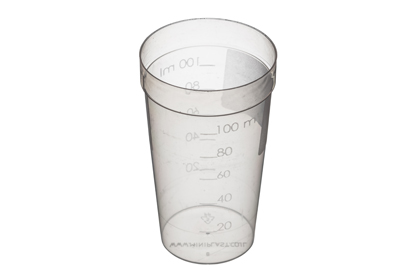 Polypropylene Titration cup 100ml
Polypropylene Titration cup 100ml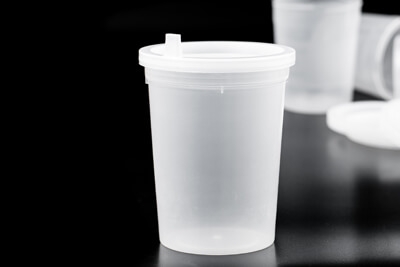 200 ml Specimen cup
200 ml Specimen cup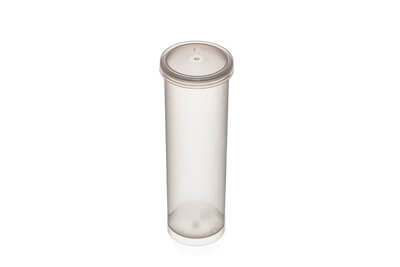 Milk test tubes
Milk test tubes 24 hour Urine Collection Containers
24 hour Urine Collection Containers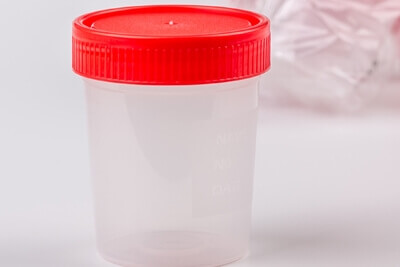 Urine Specimen Cups
Urine Specimen Cups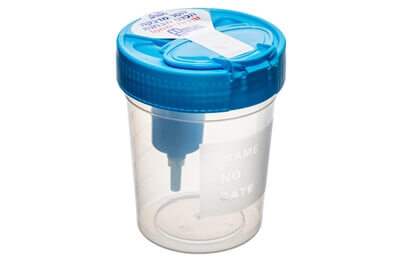 Urine Collection Cup + Cap with Two Openings
Urine Collection Cup + Cap with Two Openings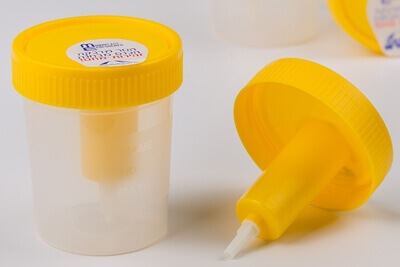 Urine Collection Container - Vacutainer
Urine Collection Container - Vacutainer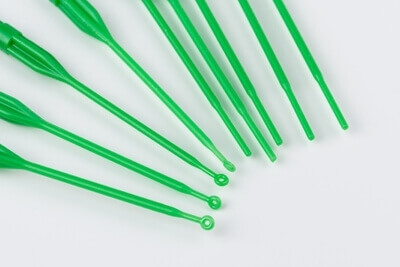 QuadLoop 1 uL & Needle end
QuadLoop 1 uL & Needle end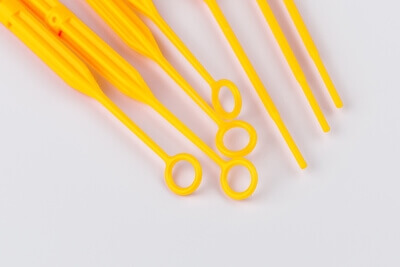 QuadLoop 10 uL & Inoculating needle end
QuadLoop 10 uL & Inoculating needle end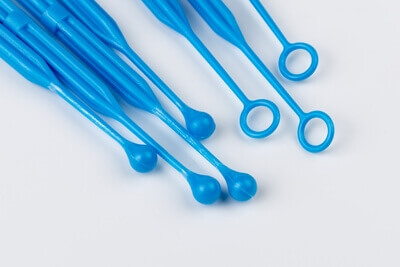 QuadLoop 10 uL & Sphere end
QuadLoop 10 uL & Sphere end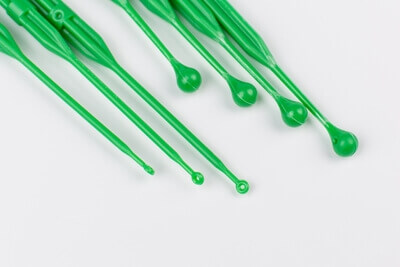 QuadLoop 1uL & Sphere end
QuadLoop 1uL & Sphere end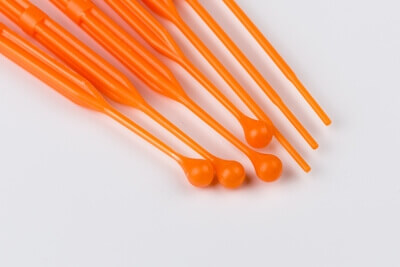 QuadLoop Needle & Sphere end
QuadLoop Needle & Sphere end Sterile Cell spreaders, Drigalski spatulas
Sterile Cell spreaders, Drigalski spatulas 15 ml Centrifuge Tubes
15 ml Centrifuge Tubes 30 ml Transparent PS Tubes
30 ml Transparent PS Tubes 50 ml Centrifuge Tubes
50 ml Centrifuge Tubes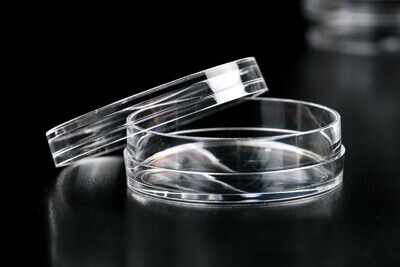 Petri dishes 50 mm (55x14.2)
Petri dishes 50 mm (55x14.2) Petri dishes PS 90 mm diameter (90X15)
Petri dishes PS 90 mm diameter (90X15)





